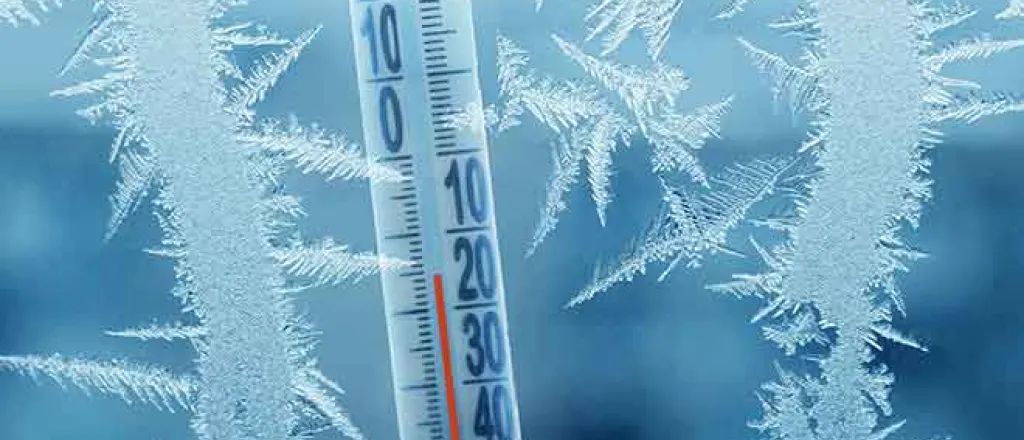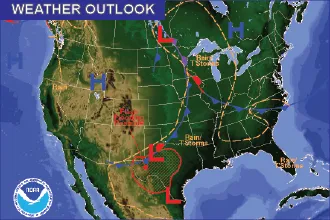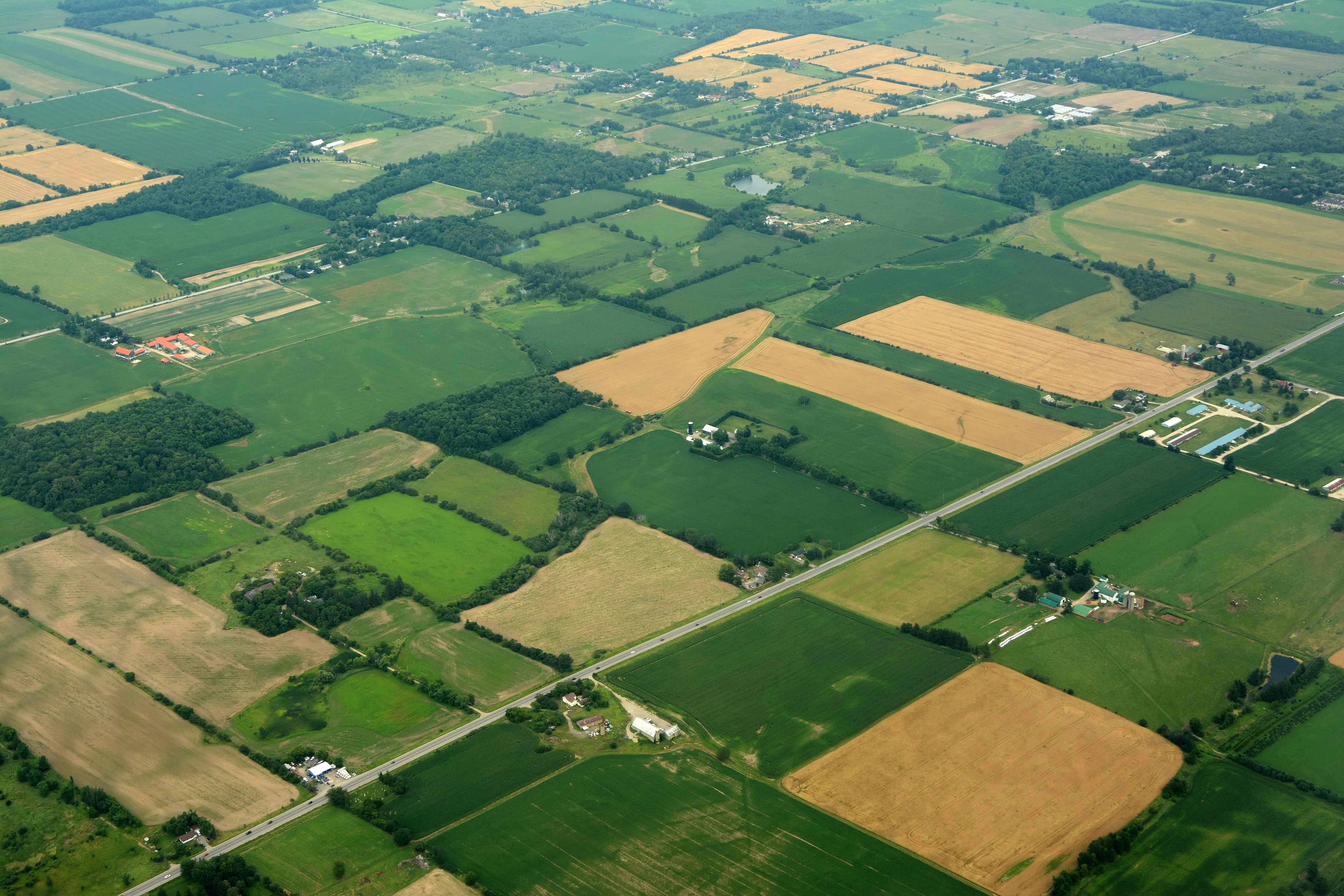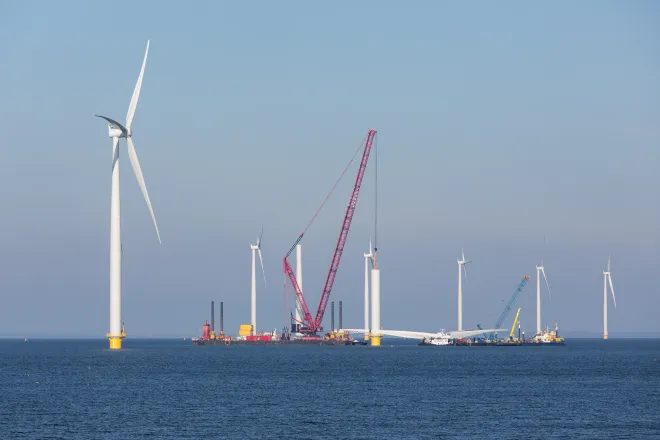
Report: Great Lakes not as icy most winters
Click play to listen to this article.
(Minnesota News Connection) Minnesota is seeing a glaring lack of snow and lake ice this winter, and a new report underscores how climate trends are leading to diminished ice seasons on the Great Lakes.
Findings issued by the nonprofit Climate Central note that all five lakes have experienced a decades-long decrease in ice cover, with the strongest trend on Lake Superior.
It says Superior's frozen lake coverage has diminished by roughly 30 percent since 1973.
Melissa Widhalm, associate director of the Midwestern Regional Climate Center, said conditions can vary from year to year, but the long-term trend creates too much uncertainty.
"And so, it's making people want to know, how much are we actually going to get this year?" said Widhalm. "Are we going to be able to build that ice back?"
The report's authors say shrinking ice coverage and fewer "frozen days" have a ripple effect on outdoor recreation, educational activities and ecosystem health.
Shipping seasons might be extended, but the lack of ice potentially leads to lower water levels that, in turn, restrict that industry.
These experts recommend the public pay attention to what's happening, in hopes of creating more awareness.
The report says the troubling data coincides with big increases in average winter temperatures across the Great Lakes region.
Winhalm said it's no surprise what's happening in the air leads to trouble on the water.
"And so," said Widhalm, "when you have warmer air temperatures leading to warmer water temperatures, that's going to slow down the speed that that ice develops."
In trying to spur more interest, Widhalm said all this data is available to the public.
She noted that the National Oceanic and Atmospheric Administration has a strong presence in the Great Lakes and is also monitoring all these different data points.















